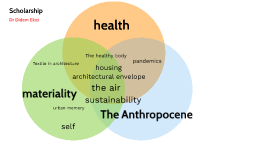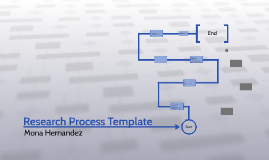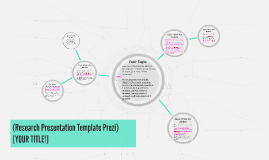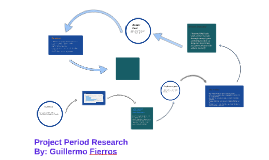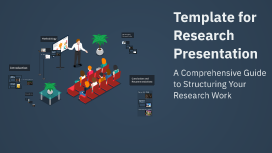Past Research
Transcript: Scholarship Dr Didem Ekici health The healthy body pandemics Textile in architecture housing architectural envelope the air sustainability urban memory self Housing reform and health Dalcroze Institute at Hellerau Garden City, ca. 1912 The Laboratory of a New Humanity: The Concept of Type, Life Reform, and Modern Architecture in Hellerau Garden City, 1900-1914. Doctoral Dissertation, The University of Michigan, Ann Arbor, 2008. The Garden City Movement Alternating gables and cowl dormers in the small housing designed by Hermann Muthesius, Hellerau (Gartenstadt 7, 1913). Living room in small housing in Hellerau designed by Kurt Frick, the German Workshops, 1914 (Das Eigenhaus in Hellerau, Hellerau: Verlag der Gartenstadt, 1913). Coeditor and author, Housing and the City. Co-edited with Katharina Borsi, Jonathan Hale, Nick Haynes. Routledge, 2022. From Rikli's light-and-air hut to Tessenow's Patenthaus: Koerperkultur and the modern dwelling in Germany, 1890-1914. Journal of Architecture 13 no. 4 (2008): 379-406. House, nature, and healing 1. The light-and-air hut built by Adolf Just near Brunswick, c. 1880 (Adolf Just, Return to Nature!, 1903). 2. The advertisement for the light-air-sport bath in Berlin by Fidus (Kraft und Schoenheit, 3, 1901). 3. The Patenthaus, Hellerau, 2007. (Photograph by Didem Ekici) 4. Tessenow Wall, 1909 (Zeitschrift fuer das Baugewerbe 57 no 2, 1913). Healing Spaces, Modern Architecture, and the Body, edited by Sarah Schrank and Didem Ekici. London and New York: Routledge, 2017. The modern house and the science of hygiene "The Physiology of the House: Modern Architecture and the Science of Hygiene." In Healing Spaces, Modern Architecture, and the Body, 47-64. Surface materiality “Skin, Clothing, and Dwelling: Max von Pettenkofer, the Science of Hygiene, and Breathing Walls.” Journal of Society of Architectural Historians. 75 no.3 (2016): 281-98. Skin, clothing and, dwelling 1. Fabric fibers such as linen, hemp, cotton and silk under a microscope to examine their hygroscopic performance (Carl Flügge, Grundriss der Hygiene [Leipzig, Veit & Co., 1897]). 2. Max von Pettenkofer’s experiment to demonstrate the porosity of brick (Max von Pettenkofer, Beziehungen Der Luft zu Kleidung, Wohnung und Boden. [Braunschweig: Friedrich Vieweg und Sohn, 1873]. “Airborne Infection and Breathing Walls.” Gta papers 5, theme issue, Social Distance. (2021): 132-37 Airborne infection and breathing walls Illustration of air currents in a room. From Lewis Leeds, Lectures on Ventilation, p. 26. Source: Deutsches Museum Bibliothek, Munich. Garden Office, Nottingham, 2019 Design and Self Build The structure is composed of structural insulated panels (SIPs) and a ridge beam. The north and south elevations are clad with cedar tongue and groove cladding; the east and west elevations along with the roof are clad with industrial corrugated metal. While the cedar cladding complements the natural surroundings, the corrugated steel refers to the local agricultural heritage as a low-cost material that has been used by farmers for shepherd huts and lambing sheds for decades. The resultant building is highly energy efficient and cost effective. Textile in Architecture. From the Middle Ages to Modernism. Edited By Didem Ekici, Patricia Blessing, Basile Baudez. Routledge, 2023. Textile in Architecture Body, Cloth, and Clothing in Architecture from the Age of Mass Manufacture to the First World War, under revision. Surfaces of Memory Architecture and Anthropocene air The Anthropocene Graduate seminar, 2023 Didem Ekici, Smog over Baoding, China, 2018







